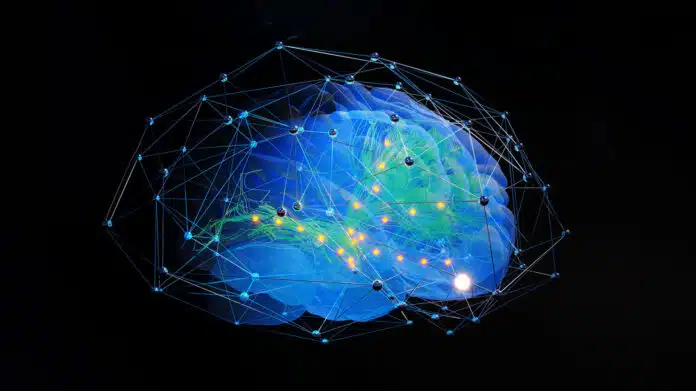
By Ashwini Sakharkar 10 Sep, 2024
Collected at: https://www.techexplorist.com/new-ai-separate-brain-patterns-related-particular-behavior/89409/
Maryam Shanechi, the Sawchuk Chair in Electrical and Computer Engineering and founding director of the USC Center for Neurotechnology, and her team have developed a groundbreaking AI algorithm that can separate brain patterns related to a particular behavior. Their research, published in Nature Neuroscience, holds great promise for advancing brain-computer interfaces and uncovering new brain patterns.
As you’re reading this, your brain is engaged in multiple simultaneous behaviors. You might be reaching for your coffee, reading aloud to a colleague, and experiencing hunger pangs. All these diverse activities—arm movements, speech, and internal states like hunger—are concurrently encoded in your brain, resulting in complex and intertwined patterns of electrical activity.
Therefore, a significant challenge lies in distinguishing brain patterns related to a specific behavior, such as arm movement, from the myriad of other brain patterns.
The dissociation is crucial for advancing brain-computer interfaces designed to restore movement in paralyzed individuals. These patients struggle to translate their thoughts into physical actions.
To address this, brain-computer interfaces interpret planned movements directly from brain activity and translate them into the movement of external devices like robotic arms or computer cursors. Dr. Shanechi and her former Ph.D. student, Omid Sani, have developed a groundbreaking AI algorithm called DPAD (Dissociative Prioritized Analysis of Dynamics) to tackle this challenge.
“Our AI algorithm, named DPAD, dissociates those brain patterns that encode a particular behavior of interest, such as arm movement, from all the other brain patterns that are happening at the same time,” Shanechi said. “This allows us to decode movements from brain activity more accurately than prior methods, which can enhance brain-computer interfaces. Further, our method can also discover new patterns in the brain that may otherwise be missed.”
“A key element in the AI algorithm is to first look for brain patterns that are related to the behavior of interest and learn these patterns with priority during training of a deep neural network,” Sani added. “After doing so, the algorithm can later learn all remaining patterns so that they do not mask or confound the behavior-related patterns. Moreover, the use of neural networks gives ample flexibility in terms of the types of brain patterns that the algorithm can describe.”
This algorithm not only tracks movement but also has the potential to decode mental states such as pain or depressed mood in the future. This capability could significantly improve the treatment of mental health conditions by providing precise feedback to tailor therapies to each patient’s individual needs.
“We are very excited to develop and demonstrate extensions of our method that can track symptom states in mental health conditions,” Shanechi said. “Doing so could lead to brain-computer interfaces not only for movement disorders and paralysis but also for mental health conditions.”
Journal reference:
- Omid G. Sani, Bijan Pesaran, Maryam M. Shanechi. Dissociative and prioritized modeling of behaviorally relevant neural dynamics using recurrent neural networks. Nature Neuroscience, 2024; DOI: 10.1038/s41593-024-01731-2

Leave a Reply